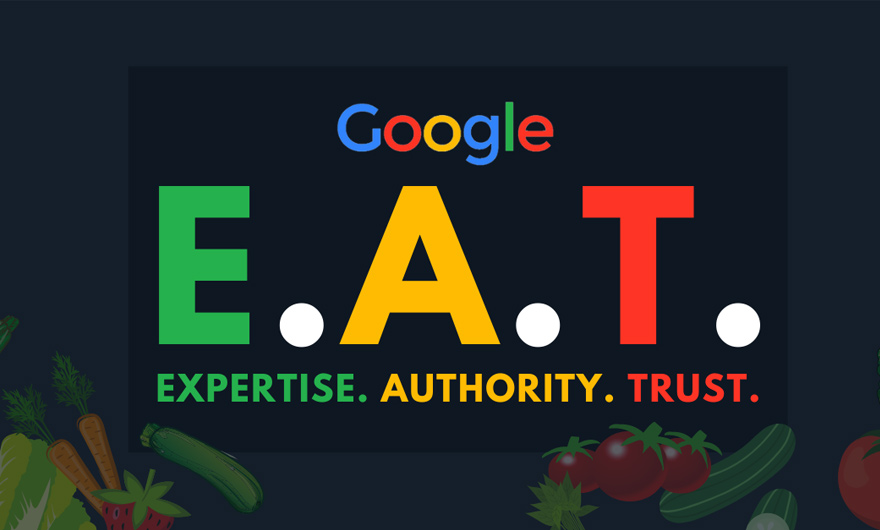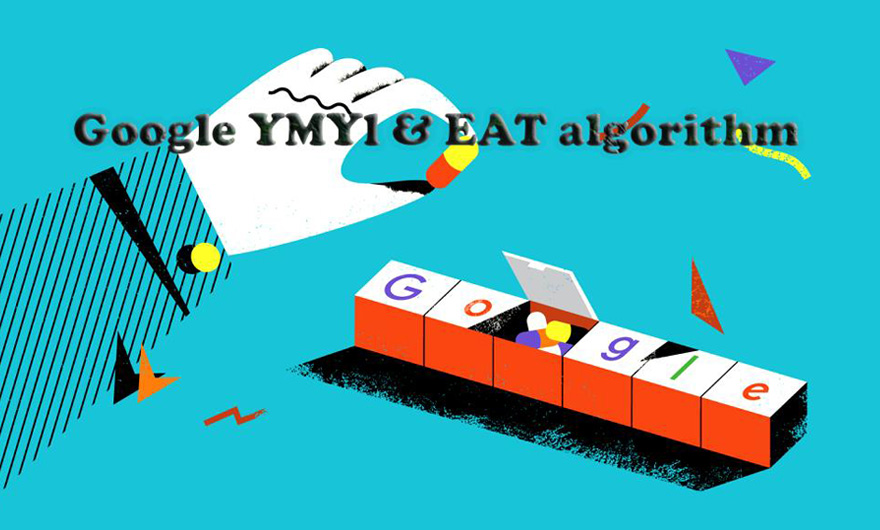EAT term used to measure the quality of Google’s guidelines for abbreviated taken Expertise, Authoritativeness and Trustworthiness. These guidelines have been compiled by thousands of active Google critics. In fact, Google E-A-T is an algorithm for measuring the credibility, expertise and trustworthiness of a site.
Google’s EAT algorithm is part of a long way to go to determine the ranking of sites introduced in Google’s new updates. Although small changes are made by Google employees every day, there are big changes and updates that really affect the lives of site owners. But this time there are no exceptions.
Although this new algorithm did not make as much noise as Google’s previous algorithms, it does have some important implications that you as a webmaster should be aware of.
Join us in this article from bc-tech to get acquainted with the nature of Google’s EAT algorithm, know what effect it will have on your site’s position in Google and how to make sure your WordPress site also follows this new algorithm.
Although understanding Google’s internal processes is not easy, many credible sources state that the benchmark for the EAT algorithm is more specific to YMYL sites (sites that provide medical, health, and financial advice).
Naturally, Google prefers not to publish content that may endanger the health or financial status of users. For this reason, it is especially important to check the quality of the content of websites that deal with such issues.
You may think that if you do not work in such areas, EAT will not affect your site because Google has stated that it will not apply this factor to websites that do not address health or financial issues.
Not so!
In my opinion, the professionalism, authenticity and authenticity of the content should be considered in all areas of work. Which business does not want to be trusted !?
Of course, Google usually uses the terms specifically. That is, the term E-A-T refers exclusively to the field of finance and health, but the concept behind the term, meaning that the content is authentic, is probably effective in all areas.
Chris Silver Smith believes that Google is using the numerical scoring system to measure EAT. Therefore, the EAT factor applies to health and financial sites much heavier than areas such as entertainment. But this factor will also apply to e-commerce sites, although they have a lower priority than YMYL.
With this explanation, we can say that the EAT algorithm affects the SEO, regardless of your field of activity . Even if this is not the case, I think content authentication techniques should be part of the SEO strategy in any field.
The problem is that EAT is difficult to measure.
How does Google calculate site credibility?
SEO experts each have their own views on the subject, and if you ask them, they see different signals as effective. We know that the backlinks you get from other sites are one of the criteria in this regard. CTR or clickthrough rate is also a measure of a site’s credibility. The quality of content and online reviews are also effective in this regard.
How Google uses these metrics to measure the credibility of content is a mystery even to its own engineers. Because machine learning algorithms are ambiguous. No one can see them in the black box, not even the programmers who wrote the code from the beginning.
Chris Silver Smith believes that Google is taking a holistic approach rather than focusing on one signal more than another. Google algorithms are likely to use a wide range of signals to rank and rate the content of sites.
With this in mind, we conclude that focusing on one signal and benchmark and abandoning other signals is not a shortcut to gaining credibility. Backlinks are certainly important, but adding quality links to a site that is poorly designed and has not received good online reviews will not be helpful.
Instead of looking for an easy and magical way to gain rankings and traffic, focus on branding and online branding. Take a holistic view, from coding the site to branding and public relations.

Criteria of site reliability and Google E-A-T algorithm
You may say all this is good, but how do I measure their impact on my success rate?
Well, first of all, a proper public relations / link building campaign, which has created quality links from reputable sites for you, will definitely affect the site traffic.
If you are looking for more measurable results, you should pay for tools like Majestic or LinkResearch Tools. In my experience, the Trust Flow or LRT Trust metrics in these two tools are the best indicator of how reliable a page is.
Both of these points are determined based on your link profile. This is just one aspect of what Google considers about sites, but it is still the best tool that SEOs can use to gauge a site’s credibility.
I suggest looking for a Trust Flow score of 50 or higher (the highest score is 100) in Majestic and a score of 5 or higher in LinkResearchTools (the highest score is 10). Remember to calculate these criteria for each page separately, not for the site domain.
Although both of these criteria are high level, it is not possible to calculate the incremental changes of the EAT algorithm criteria by placing each link and each content, but by following the scores over time, we can determine whether the credibility of the pages increases or decreases. Is. Some tools even provide a history of the site’s reliability.
For example, in the Trust Flow History Tool section, Majestic collects an 18-month history.
In addition, it is good to survey customers regularly to find out how they see your brand. If you get a lot of negative comments, you should try to get rid of those negative feelings quickly.
In conclusion, we can say that with a good link or posting quality content, you can not get high credibility in the EAT algorithm. In order to be credible and reliable in the eyes of Google, you need to spend a lot of time and have a comprehensive approach to the criteria.
What is Google E-A-T or Page Quality?

As mentioned at the beginning of this article, EAT determines the quality of a page using three important factors.
Until the 2019 update, this factor was a new feature of Google page quality measurement, which was changed to one of the page quality measurement tools by Google this year, and the term PQ was also used as a synonym for this factor.
1 – Expertise:
This parameter pays attention to the author’s information and its visibility on the page, and most importantly, the expertise and reputation of the person in charge of the page content in the area under discussion, and examines most of the author and page creator. In YMYL content, in addition to having information, authors must also have the necessary documents and expertise.
But in addition to these three factors, you should also pay attention to the quality and volume of the page content, as well as the information and reputation of the person in charge of content management and its author.
2 – Authoritativeness:
This factor means the credibility and reputation of the author, topic and website containing the content. A credible content should be able to give users a complete set of information about the content and its author and franchisee, and in their view there should be no point of ambiguity in these cases.
3 – Trustworthiness:
In this factor, all the above items are checked and the content documentation and the accuracy of its information are also checked in this factor.
In fact, it is a quality content, specialized content and user-oriented.







Leave feedback about this
You must be logged in to post a comment.